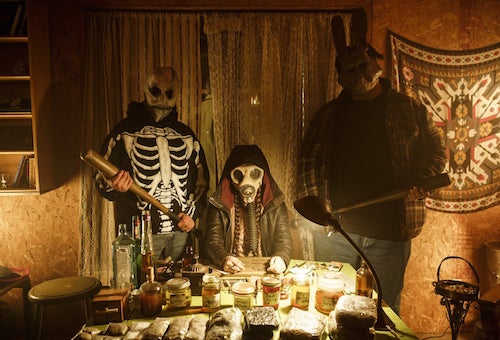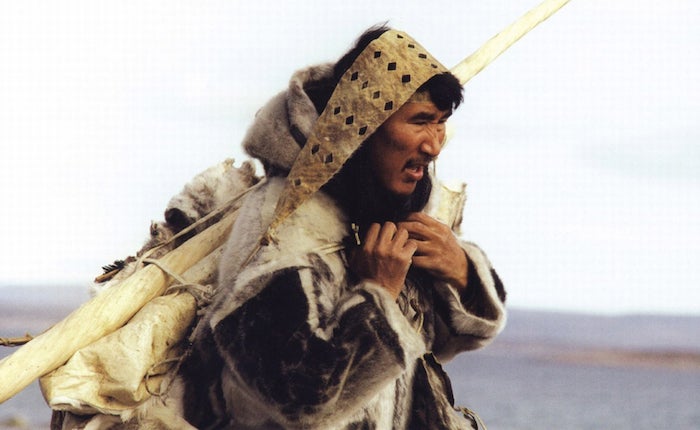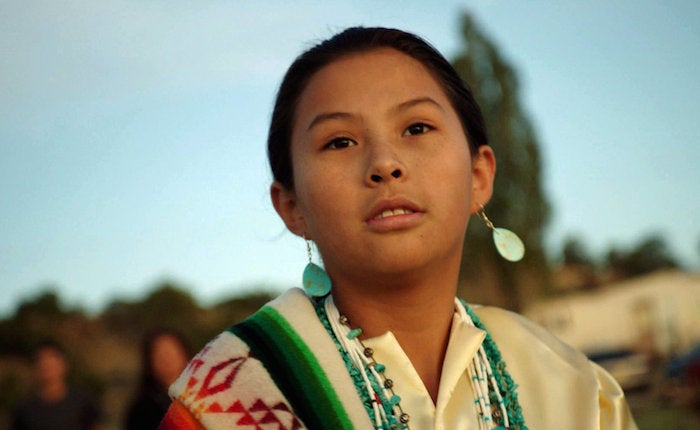
Rhymes for Young Ghouls (2013)
The 2015 - 2016 North American tour of Through Indian Eyes: Native American Cinema begins November 6 at The Cinematheque in Vancouver. View the tour schedule >
As UCLA Film & Television Archive looks to the launch of the North American tour of our program Through Indian Eyes: Native American Cinema, it’s gratifying to remember the process of discovery that the program represented at the time of its initial presentation in Los Angeles, in fall 2014. That inaugural program celebrated a quarter-century’s worth of creative work deriving from filmmakers of more than 30 distinct tribal origins, working in fiction, documentary and experimental modes.
From the beginning, the undertaking seemed categorically exciting. As year-round presenters of specialty cinema programs, with decades of research and discovery informing our ongoing work, we knew enough about the accumulated momentum and legacy of modern Native and First Nations production, and enough about certain key films and filmmakers, to know that this moment in history seemed an auspicious one for a proper repertory film program. Such a program might account for the distinctions, connections and promise contained within such a social and artistic phenomenon as “Native Film." It might also be a way of understanding connections between people… shared experiences, convergences and divergences between artistic and storytelling traditions, values and beliefs, and so forth.

Atanarjuat, The Fast Runner (2001)
But aside from its categorical appeal — the argument for such a program on paper, as it were — nothing qualifies art better than art itself. The outcome of our research was not only an extraordinary process of discovery, but a thrilling program in its own right. Here was a filmmaking tradition that crucially informed cherished notions of American film, independent film, international cinema, and cinema itself, and one that film history had better begin to account for — not only as a social phenomenon, but as an enriching and rewarding strand of media culture, and of film art. Certainly also (as in any healthy filmmaking tradition) individual voices, offering originality, strangeness and novelty, brought distinction not only the field of Native media, but to the artists themselves, signaling unique cinematic voices deserving of focused attention in settings that value cinema, generally.
Happily it turned out not to be only our honor, but also our pleasure, to deepen our engagement with Native American cinema. It gives still more pleasure to share a rich sampling of this program with partner venues also engaged in the celebration of film art, and with communities of film lovers throughout North America. View the tour schedule >

Drunktown's Finest (2014)
< Back to Archive Blog






 Mobile Navigation
Mobile Navigation

